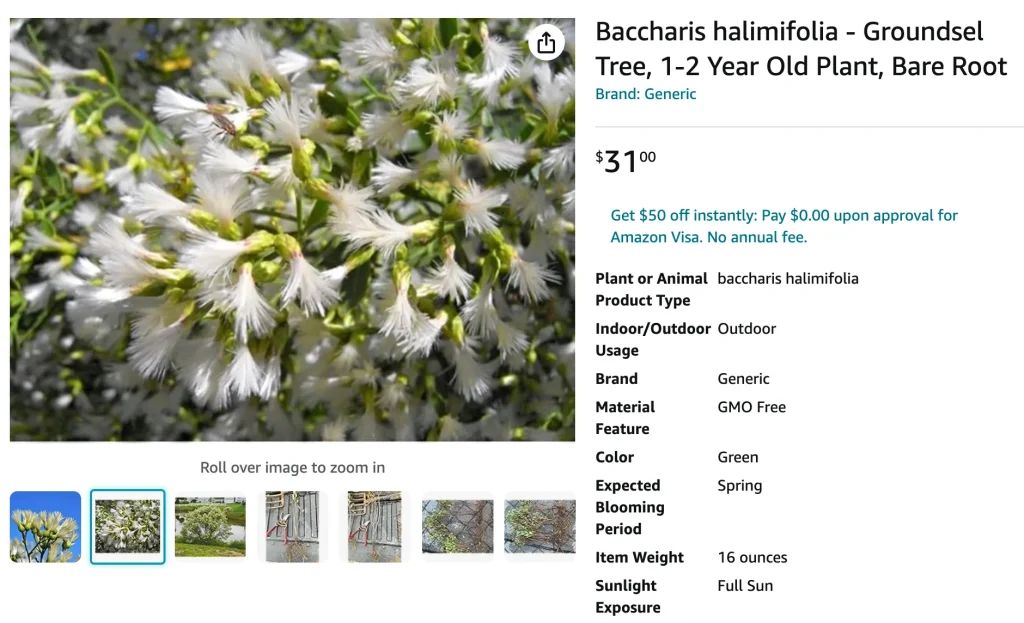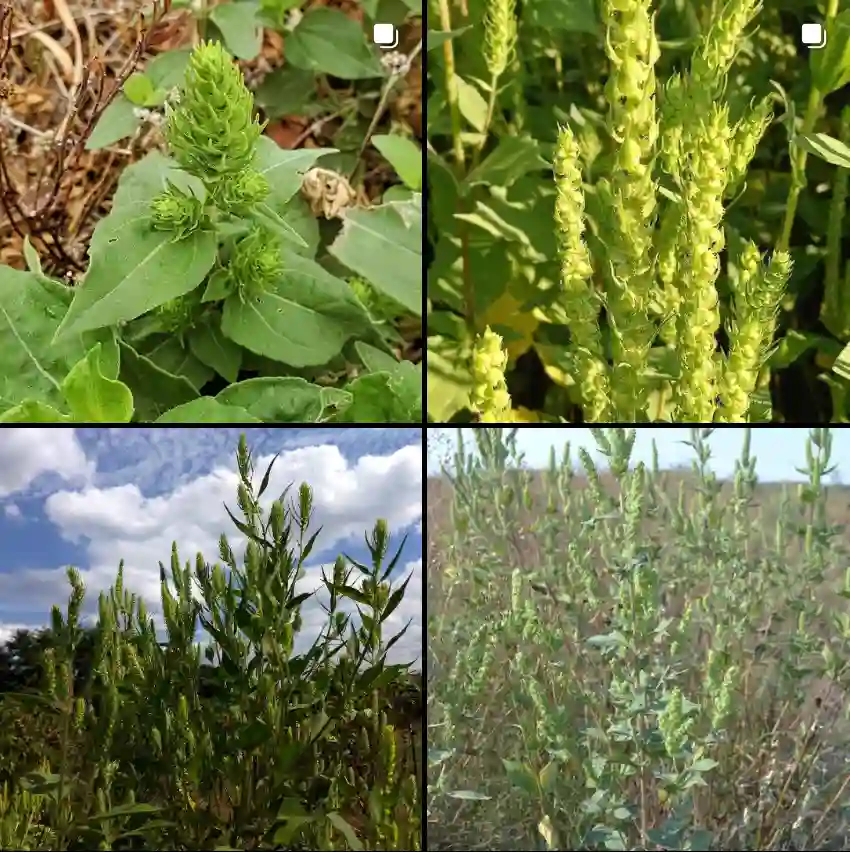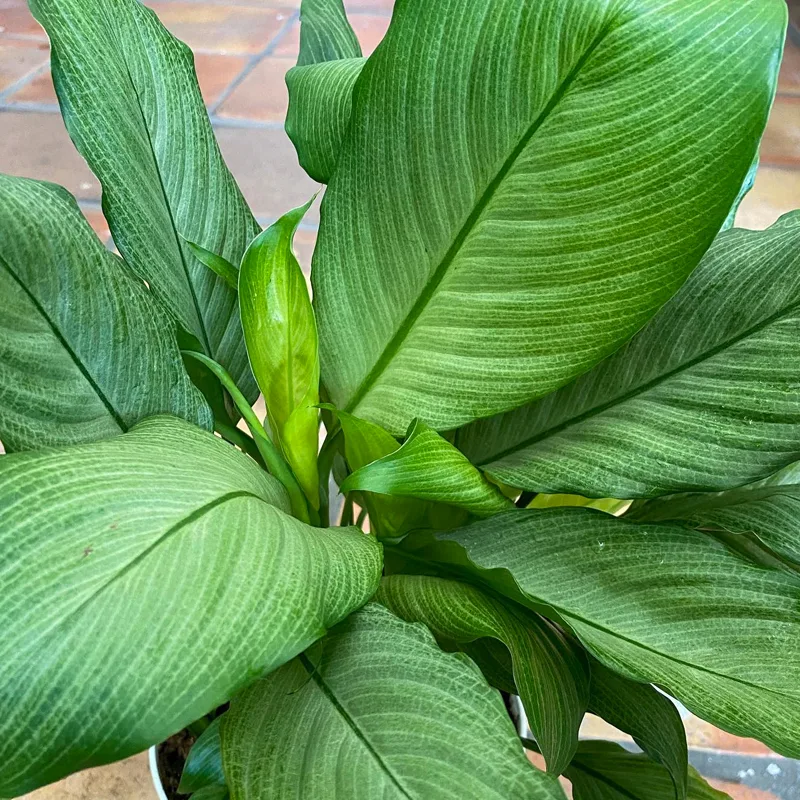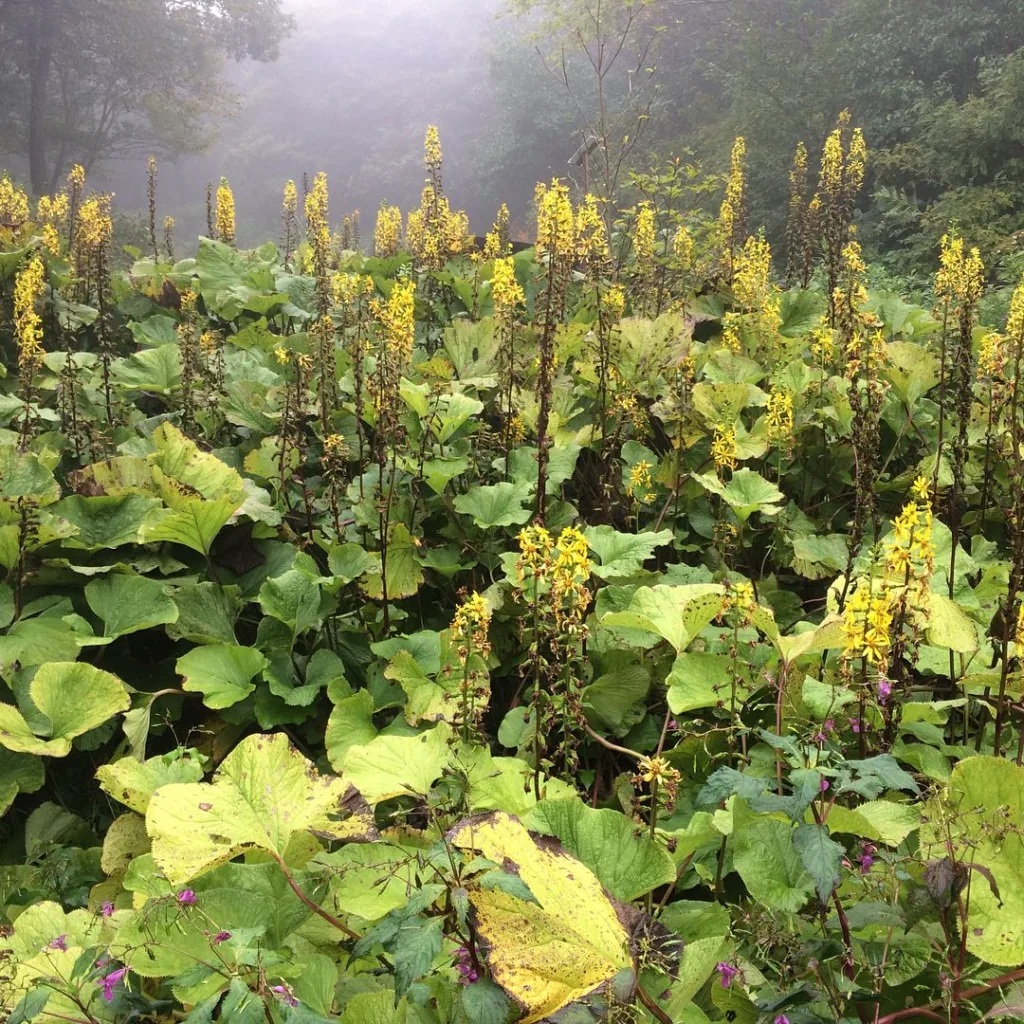
Frequently Asked Questions About Eastern Baccharis
Eastern Baccharis, also known as Baccharis Halimifolia, is a versatile plant with several unique characteristics. If you’re considering adding this plant to your garden, you might have some questions about its nature, care, and suitability for various environments. Let me share some insights based on my experiences and knowledge.
451 Species in Genus Baccharis
What Is Eastern Baccharis?
Eastern Baccharis is a deciduous shrub native to the southeastern United States. It’s commonly found in coastal regions, salt marshes, and other areas with moist soil. The plant is renowned for its attractive, fluffy white flowers that bloom in late summer to fall, adding a striking visual element to gardens and natural landscapes.
Is Eastern Baccharis a Wetland Plant?
Yes, Eastern Baccharis is indeed a wetland plant. It thrives in environments with moist to wet soil conditions, such as marshes, swamps, and riverbanks. Its ability to tolerate and even prefer these wet conditions makes it an excellent choice for wetland restoration projects or garden areas with poor drainage. However, it can also adapt to drier conditions once established, though it will need more frequent watering during dry spells.
Is Eastern Baccharis Woody or Herbaceous?
Eastern Baccharis is classified as a woody shrub. This means that it has a woody stem and branches that persist year after year, unlike herbaceous plants that die back to the ground each season. Its woody nature contributes to its overall sturdiness and resilience, making it suitable for creating structure in garden beds and natural landscapes.
How to Care for Eastern Baccharis?
Caring for Eastern Baccharis is relatively straightforward. Here are some tips based on my experience:
- Soil: Ensure the soil is well-draining and preferably moist. While it can tolerate some drought once established, it performs best in consistently moist conditions.
- Sunlight: Eastern Baccharis thrives in full sun to partial shade. Providing it with adequate sunlight will promote more vigorous growth and better flowering.
- Pruning: Regular pruning helps maintain its shape and remove any dead or damaged wood. Prune after the flowering season to avoid cutting off buds for the next year.
- Watering: During dry periods, water the plant regularly to keep the soil consistently moist. It’s important not to let the soil dry out completely.
How to Propagate Eastern Baccharis?
Propagating Eastern Baccharis can be done through several methods:
- Cuttings: Take semi-hardwood cuttings in late summer or early fall. Dip the cuttings in rooting hormone and plant them in a mix of sand and peat. Keep them moist and in a warm, shaded area until they develop roots.
- Seeds: Eastern Baccharis can also be grown from seeds. Sow seeds in a seed-starting mix and keep them moist. Germination can be slow, so patience is key.
What to Plant With Eastern Baccharis?
Eastern Baccharis pairs well with other wetland or native plants. Consider planting it with:
- Switchgrass (Panicum virgatum): Its tall, grassy form complements the structure of Eastern Baccharis.
- Black-eyed Susan (Rudbeckia hirta): Adds vibrant color and attracts pollinators.
- Joe Pye Weed (Eutrochium spp.): Its large, showy blooms and similar moisture needs make it a good companion.
Can You Grow Eastern Baccharis Indoors?
Growing Eastern Baccharis indoors is not ideal. It prefers outdoor environments with ample space to grow and spread. The plant requires significant sunlight and space to thrive, which can be challenging to provide indoors. For an indoor alternative, consider other shrubs or houseplants that can better adapt to indoor conditions.
Is Eastern Baccharis Toxic?
Eastern Baccharis is not known to be toxic to humans or pets. However, as with any plant, it’s always best to avoid ingestion and keep an eye on pets that might chew on plants. If you have specific concerns about toxicity, consulting with a local horticulturist or poison control center can provide additional peace of mind.
Benefits of Eastern Baccharis
Eastern Baccharis offers several benefits:
- Wildlife Attraction: Its flowers attract pollinators such as bees and butterflies, making it a valuable addition to any garden aiming to support local wildlife.
- Erosion Control: Its robust root system can help stabilize soil and prevent erosion, particularly in wetland areas.
- Aesthetic Appeal: The fluffy, white flowers add a decorative touch to gardens, and the plant’s dense foliage provides excellent privacy screening.
Common Problems with Eastern Baccharis
While Eastern Baccharis is relatively low-maintenance, it can encounter a few issues:
- Pests: Watch out for pests like aphids or scale insects, which can affect plant health. Regular inspection and treatment with insecticidal soap can help manage these issues.
- Disease: Root rot can occur in poorly-drained soils. Ensure proper soil drainage and avoid overwatering to prevent this problem.
Comparing Eastern Baccharis with Similar Plants
If you’re considering Eastern Baccharis but are unsure if it’s the right choice for your garden, here’s a comparison with a few similar plants:
- Buttonbush (Cephalanthus occidentalis): Like Eastern Baccharis, Buttonbush thrives in wetland conditions. It has a different flower structure but similar moisture preferences.
- Winterberry Holly (Ilex verticillata): Another wetland plant, Winterberry Holly, offers bright red berries in winter. It has a different aesthetic and growth habit but shares similar growing conditions.
In summary, Eastern Baccharis is a versatile and attractive shrub suitable for wetland areas and gardens with moist soil. Its woody structure, appealing flowers, and ecological benefits make it a valuable addition to any landscape.




